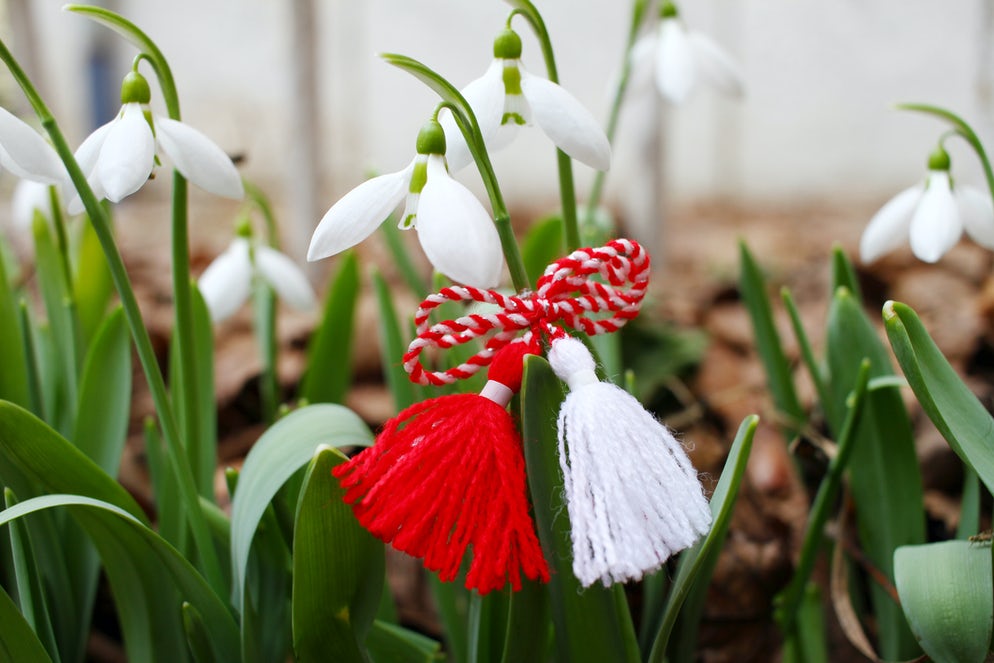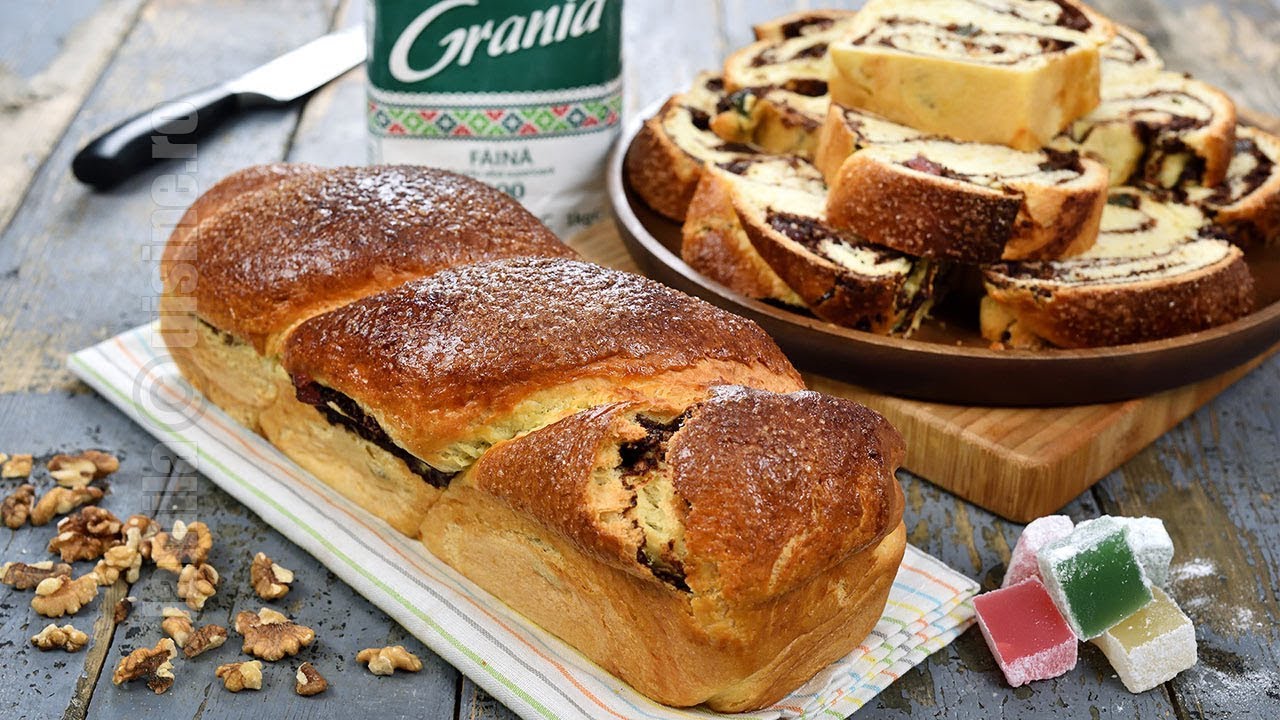Romania Country Bundle: suggestions, stories and tips
Suggestions, stories, tips and vacancies by WorldSupporter about Romania
 Hiking in Romania
Hiking in Romania
Hiking in Romania
Usually, people who visit Romania are mostly interested in Dracula, medieval cities or the capitol Bucharest overlooking the Carpathians. The Carpathians offer impressive views from the tops, there are more then enough courses to follow for inexperienced hikers and still be rewarded gradually with a picture perfect panorama of the nature. But don’t underestimate the trails through the Carpathians, of course like mentioned above there are trails for inexperienced hikers but if you are a regular hiker you might want to try some of the advanced hiking trails. For example if you are experienced you can go and try to reach the Moldoveanu Peak in the Fagaras mountains which is at least 2,544m. Moldoveanu peak is also the highest mountain in Romania and the second highest mountain in the Carpathians.
Like mentioned before you don’t have to be a hardcore hiker to enjoy the beauty of the mountains in Romania. Even with an average physical condition you could still enjoy a nice day hiking. Mountains start from 1.800m altitude but there are also foothills that have hiking trails which are far less intensive but still offer a beauty of a view. For an average hike you could consider checking out the Apuseni national park (close to Cluj-Napoca) or Piatra Craiului National park (close to Brasov). Both offer a picture perfect view of the multiple mountains scattered over the land with small traditional mountain villages all over the valleys. These villages have preserved a simple, quit and traditional way of living. There are a lot of medium hiking trails ranging from 5 till 10km and can be done in one day. Tours often take 2 days for the trails and are often recommended for beginners.
Those who are looking for a challenge should consider to try the the trails in the Fargas Mountains, Bucegi or Retezat. In the mountainscape you can find uninhabited landscapes, virgin forests, glacial lakes and some signs of civilization. The hikers will be immersed by the beauty of the nature that is being offered by the mountain sights.
In other words hiking in Romania is for both inexperienced hikers and the ones who are looking for a challenge. For example one of the longest and hardest courses is in the southside of the Carpathians in Bucegi, Fagaras and Retezat mountains. If you are inexperienced you should try out the Apuseni national park or Piatra Craiului national park.
Sources used:
 Bird watching in Romania
Bird watching in Romania
Birdwatching in Romania
Are you a bird fanatic and eager to discover different types of birds in a fantastic and largest reed surface in the world? The 580,000 hectares of the Danube Delta Biospheres Reserve includes the largest reed surface in the world, interrupted by lakes and channels, where thousands of pelicans, herons, ibis, ducks, warblers and other birds breed. Birds like White-Tailed Eagle, Paddy field Warbler, Pied Wheatear and Dalmatian Pelican are certain to be of interest to list keepers, but the main attraction here is the great show of nature, with huge wild areas reachable only by rowing boat, and everything seen at close range (Feneru, sd).
The Danube Delta Biospheres is one of the biggest ecosystems in the world and is protected by the UNESCO world heritage list. The Delta Biospheres brings home to more than 300 bird kinds and has the third largest biodiversity in the world after the Australia’s great barrier reef and Ecuador’s Galapagos Islands.
If you are not into active tours you can also choose to take a tour threw the different villages located in the reefs area, some of which are only accessible by boat which makes the experience very unique. You can also find a place to sleep in most of these villages to experience the lifestyle of the people who live there. Try out the freshly caught fish in one of the few restaurants you can find in the villages located in the reef area. An option is visiting the Letea forest and village also known as the sunken forest.
There are multiple options for tours you can chose, which range from a couple hours to a week of bird watching trough different parts of the Danube Delta, different mountain areas and even combinations with bear and bison watching are options. The prices differ but are mostly between €300,- and €500,- for the tour incl. accommodation and breakfast, lunch and dinner. Of course you can rent your own car and drive through the Delta but you wot be able to reach some places that are only accessible by boat or walking. There is the option to drive to a village and rent a boat or join a boat tour to an village that’s not reachable by car.
 Romanian Traditions & Foods
Romanian Traditions & Foods
Holidays & religion
Romania is a country where most of the population is following the orthodox-christian religion. The orthodox religion is derived from Christianity but is much stricter in some ways like fasting without any animal product (milk, eggs, butter), church service takes about 4 hours on a Sunday instead of the hour and a half like in the catholic church. Romania knows multiple holidays that are comparable with the western holidays and some that are just celebrated by Romanians.
New Years eve (Revelion)
New years eve or Revelion as it is known in Romania is a very important holiday and is the first holiday celebrated in Romania. The celebration of new years eve dates back to 2000 years before Christ. During the celebration the Romanian people give each other symbolic gifts, like sweets and honey as a sign of peace, money and gold as a sign of welfare or a lantern for a year full of light.
New Years day (Anul nou)
In the cities New Years day is being celebrated by having people over at home or go out to bars, pubs and continue the party that New Years Eve offered. However the date of New Years day corresponds with the celebration of saint Vasile the great (Sfantul Vasile). In the countryside this is being celebrated on the first day of the year. On this day children will go out caroling a carol called Socrova. With the carol they wish everyone a rich, fruitfull year.
Christmas (Craciun)
During Christmas the Romanians prepare the Christmas tree with beautiful ornaments, just like in most countries Christmas day is spent with family and friends. The celebration is in name of Jesus Christ who was born on Christmas. In addition to the usual tree ornamenting, gifting to others and gathering of friends and family the Romanians also go door to door and carol for sweets, fruit or money. This is mostly being done by children who have been practicing weeks beforehand to impress the people.
Martisor
In Romania on the first of march there is a celebration named Martisor (literally translated; small march). The men give woman a gift consisting of a red and white thread or a more expensive version is a piece of jewellery with the red and white thread involved in the appearance. After the woman received the gift from a man they will wear this accessory until the end of March. This tradition symbolizes the beginning of spring and it is believed to bring strength and health during the coming year. 
Easter (Pastele)
Easter is being celebrated on a different date than when the Christens and Catholics are celebrating the rise of Christ. Eastern is being celebrated after ‘the seven weeks of fasting’. During this time it is prohibited to eat any animal related food. This includes butter, milk, eggs and fish. During the last night of fasting everybody wakes up around midnight, washes themselves put on clean (usually new cloths) and heads towards the church. At the church there will be a ceremony where the priest will, with a cross and a lit candle in his hands, come out of the church followed by all the believers. The priest will then shout:
‘’Christos a inviat’’, meaning christ has risen, To which everybody will respond with: ‘’Adevarat a inviat’’, meaning he really has. The fire from the candle the priest brought out is being used to light everyones candles. After which everyone will return to there homes with the lit up candle by the church its flames. When arriving home instead of going to sleep, everybody sits down at the table and has the first meal in seven weeks that consists of animal products.
Bear parade
When winter is nearing its end there is another unique tradition exclusive to Romania known as the bear parade. During this period there will be a parade of dancing bears which stand for bringing luck . The participants dress themselves with real bear hides and go door-to-door while growling and accompanied by percussion and singing to wear off all the evil.
Romanian traditional foods
Cozonac
This type of cake has been made for years and is a very old tradition in Romania. It is being said that the Cozonac is originated from ancient Egypt and then taken over by the Greek. Eventually it found its way to Romania. It is being made for special occasions like Christmas or easter but its also being enjoyed on a wedding day. Its made by using flower, eggs, milk, butter, salt and sugar. Optional ingredients that are used quite often are: resins, orange or lemon zest, walnuts, vanilla or rum extract, cocoa powder and poppy seeds.

Mamaliga
Mamaliga is a often made supplementary dish by Romanians. The dish consists of a type of corn porridge that is eaten with some type of meat (usually pig) and cheese mixed with yoghurt. Mamaliga was is known to be a replacement for bread for people who could not afford bread. During the passing of time it changed to a nostalgic food for many Romanians and is being eaten on the regular by all Romanians.
Mici (Mititei)
Mici are meat rolls usually consisting of a mix from pig-, cow- and chicken meat. This is a tradition Romanian dish that is made on a barbeque and is mostly eaten with a piece of bead and some mustard.
Sarmale
Sarmale is arguably the most iconic Romanian dish. The dish can be described as cabbage rolls stuffed with different types of meat or rice. In addition to the meat or the rice there are herbs added, onions and in some cases traditional (smoked) bacon (usually with rice). The dish is often served with mamaliga (corn porridge) and yoghurt to bring down the intensity of the overpowering flavour given by the sarmale. The dish is being eaten on all the holidays and on wedding days. Sarmale is a delicious dish especially when it is home cooked with the right ingredients. Many Romanians prepare for the winter by pickling cabbages so it can be used during the winter to make Sarmale.

 Romania: selection of contributions by WorldSupporters - Bundle
Romania: selection of contributions by WorldSupporters - Bundle
Content about Romania shared by WorldSupporters





































